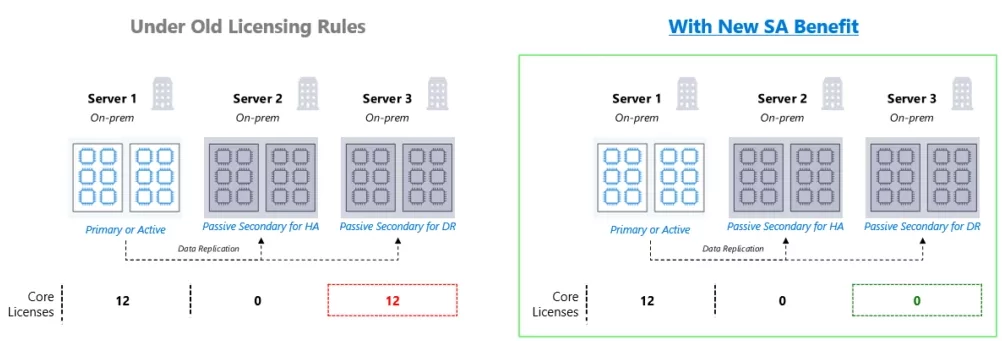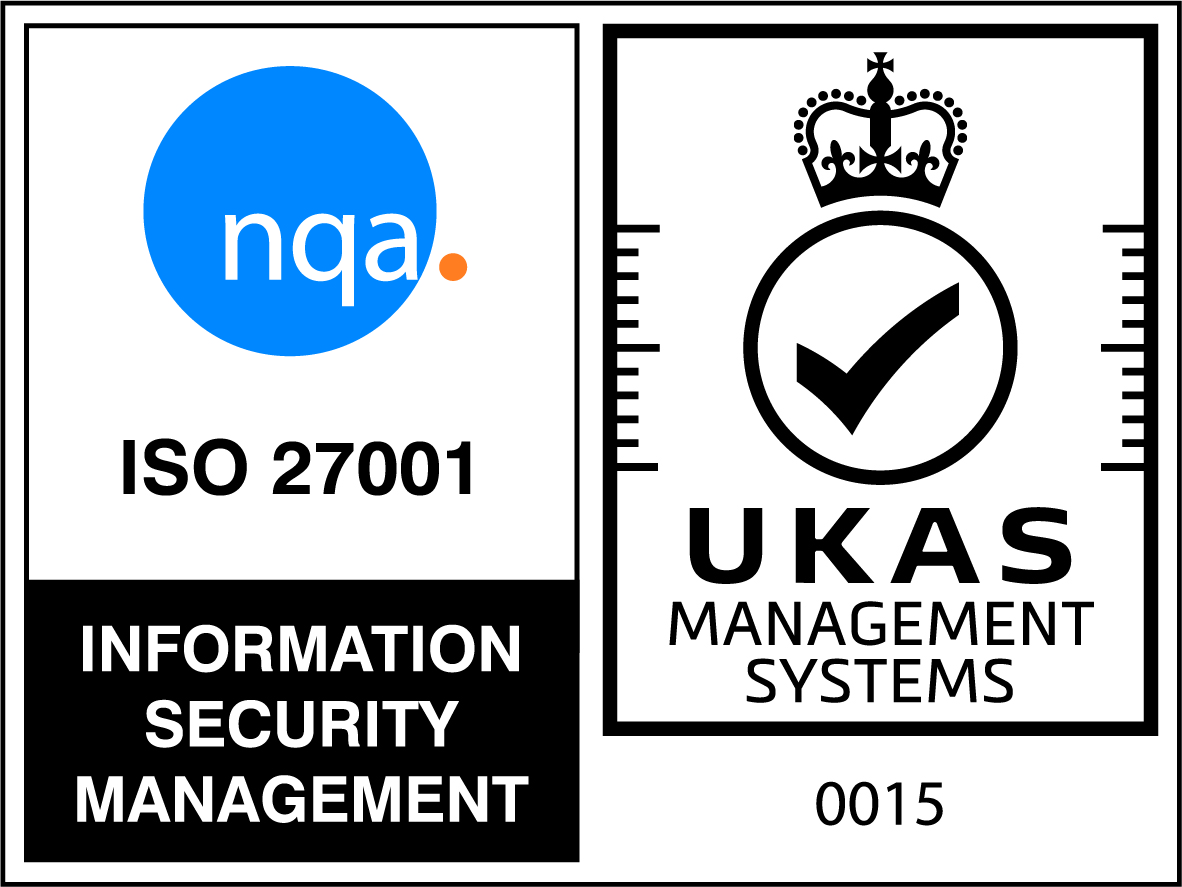Dan Whitefield, Consultant, Certero
Microsoft recently announced a change that, if you have the right access to the right insight about your SQL estate, could potentially save you a lot of money. But only if you have the right data!
As of November 1st 2019, Microsoft product terms introduced a difference to how fail-over instances of SQL Server are licensed. For every SQL workload licensed with active Software Assurance you can now deploy:
- x1 additional instance for any purpose, including High Availability
- x1 additional instance for disaster recovery purposes on a server dedicated to the customers use (essentially meaning if it is a hosted instance, it needs to be in a dedicated environment)
- x1 additional instance for disaster recovery purposes hosted on Microsoft Azure
According to Microsoft: “Today, we are enhancing the existing Software Assurance benefits for SQL Server which further helps customers implement a holistic business continuity plan with SQL Server. Starting Nov 1st, every Software Assurance customer of SQL Server will be able to use three enhanced benefits for any SQL Server release that is still supported by Microsoft.”
Why has Microsoft done this? With the addition of a Disaster Recovery instance hosted in Azure, Microsoft is looking to promote it’s cloud hosted offering and gain a competitive edge over the likes of Amazon, Google and Alibaba.
Who’s affected?
The change will affect end user organizations that have purchased SQL Server licenses with Active Software Assurance, and may have been required to licenses additional instances for disaster recovery purposes, as depicted by the diagrams below:

A full breakdown of the enhanced benefits are available on the Product Terms available on Microsoft’s website.
What do I need to do?
If you have licensed SQL Server instances with active Software Assurance, and have a fail-over environment for High Availability and/or Disaster Recover, then it’s time to create a current Discovery, Inventory and Effective License Position. This will put you in control of your license surplus or gaps, identify shortfalls to plan mitigation, and help cover any new fail-over instances using current licensing.
However, it can be especially difficult for many SAM tools to accurately identify SQL versions and editions and apply the correct licensing rights, so this might be trickier than it first appears.
If you’re not certain what Microsoft SQL versions and editions you have deployed or how they are licensed, it’s time to talk to a Microsoft licensing specialist at Certero.








